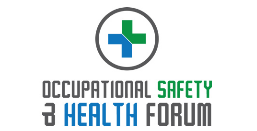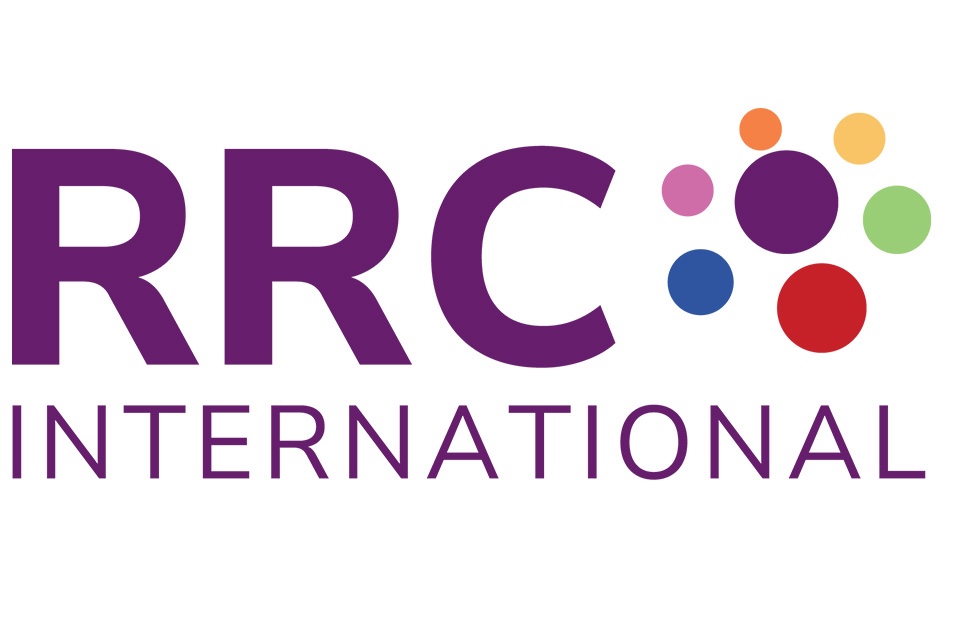As UK health and safety regulations evolve to meet new workplace realities, occupational health and safety (OH&S) professionals must ensure their training strategies keep pace. A growing number of organisations across public and private sectors are recognising the critical role of compliance-driven learning in protecting staff, meeting legal obligations, and embedding a strong safety culture, reflected in delegate requirements at the Occupational Safety & Health Forum…
Recent guidance from the Health and Safety Executive (HSE), particularly around psychosocial risks, manual handling, and digital work environments, means traditional tick-box training is no longer sufficient. Instead, the focus is shifting to continuous, targeted learning that’s responsive to role-specific risks, industry developments, and audit readiness.
One major trend is the growing adoption of digital training platforms that deliver customisable, modular content aligned with evolving compliance needs. These platforms enable OH&S teams to quickly roll out updated training following legislative changes, whether that’s around working at height, hazardous substances, or stress-related absenteeism.
Another shift is the increased use of learning analytics and compliance dashboards. These tools help safety leaders track training completions, identify knowledge gaps, and generate audit-ready reports that demonstrate regulatory alignment. This data-driven approach allows for proactive intervention and risk mitigation, especially in high-hazard or heavily regulated industries such as manufacturing, construction, and healthcare.
Meanwhile, courses are becoming more interactive and role-specific. Instead of generic safety overviews, employees are receiving training tailored to their job function, whether that’s lone worker protocols for field engineers or DSE and ergonomic training for remote staff. Many organisations are also integrating scenario-based learning and behavioural safety modules that reflect real-world incidents.
The role of third-party training providers is also evolving. In addition to delivering accredited courses (such as IOSH and NEBOSH), providers are now expected to offer ongoing support, regulatory updates, and training content that can be easily integrated into an organisation’s learning management system (LMS).
For safety leaders, the message is clear: compliance is not just a box to be ticked, it’s a continuous journey. In a regulatory environment marked by increasing scrutiny and complexity, organisations that prioritise targeted, up-to-date training are not only meeting legal requirements but also fostering safer, more resilient workplaces.
By staying informed and investing in dynamic learning strategies, OH&S teams can ensure they are prepared, not just for today’s challenges, but for whatever tomorrow’s regulations may bring.
Are you searching for OSH Training solutions for your organisation? The Occupational Safety & health Forum can help!




